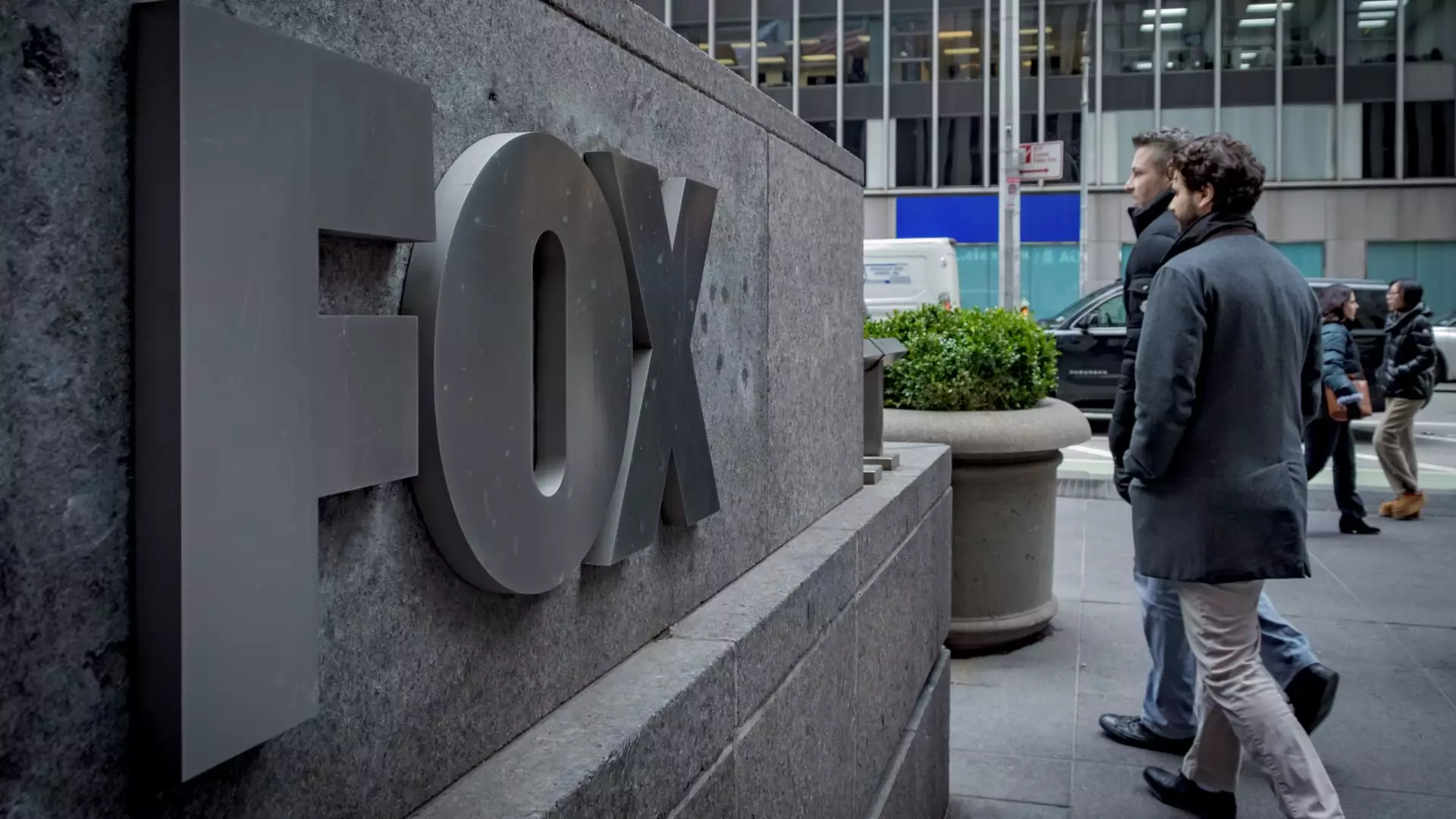Fox Corporation’s decision to launch Fox One just ahead of the NFL season appears at first glance as a strategic move to capitalize on sports viewership. However, digging deeper reveals a lack of innovation and a missed opportunity to leverage the streaming revolution. Charged at a $19.99 monthly fee, the service offers access to Fox’s live sports, news, and business programming — but with a significant caveat: no exclusive content. This model, which essentially repackages existing linear broadcasts without providing anything new or particularly compelling, seems more like a stopgap than a visionary step toward the future of digital media.
While offering free access to pay TV subscribers might seem generous, it also signals a cautious, perhaps even hesitant, approach. Instead of pushing aggressively into the evolving digital landscape with unique content or interactive features, Fox appears content to cobble together a standard streaming service that relies heavily on existing assets. As the industry gravitates toward original programming and innovative formats, Fox One’s lack of exclusivity may turn out to be a strategic misfire, failing to attract the more digitally savvy, younger demographic that the streaming era demands.
Marginal Positioning Amidst Industry Giants
In the broader context of the competitive streaming landscape, Fox’s approach feels reactive rather than revolutionary. Rivals like Disney and ESPN are launching their own comprehensive streaming platforms, offering highly curated, exclusive content designed to cultivate consumer loyalty. Disney’s ESPN+ expansion, with its planned full-service offering costing nearly $30 per month, aims to carve out a dominant position in sports streaming, investing heavily in original and exclusive programming.
Contrastingly, Fox’s modest pricing paired with an uninspired content slate suggests an attempt to maintain relevance without risking substantial investment. The decision to avoid heavy expenditure on sports rights or exclusive offerings signals a cautious stance rooted in protecting its existing revenue streams—namely, news and traditional sports broadcasting. Nevertheless, such timidity risks leaving Fox behind in the fast-moving digital media race, especially since consumers increasingly prefer bundled, all-in-one platforms rather than disjointed services with limited content.
Strategy or Lack Thereof: The Real Behind the Curtain
CEO Lachlan Murdoch’s comments about “modest” subscriber expectations and careful bundling indicate an awareness of the challenges faced by traditional broadcasters transitioning into streaming. Yet, this also exposes a fundamental weakness: a lack of a compelling strategic vision. Rather than forging ahead with innovative content that could redefine Fox’s digital footprint, the company is opting for a cautious, cost-conscious model that prioritizes short-term stability over long-term dominance.
Furthermore, the emphasis on keeping Fox One “targeted” while minimizing disruption to existing pay-TV models underscores a defensive mindset. This approach appears to be a compromise—a half-hearted attempt to stay relevant without truly embracing the change necessary to thrive in the streaming era. The risk is that Fox may be relegated to a secondary role, providing supplementary content rather than evolving into a primary entertainment provider.
Missed Opportunities and Future Implications
In an industry where content is king, Fox’s reluctance to innovate with original programming and exclusive rights feels like a strategic abdication. By largely piggybacking on its existing linear broadcasts and news programming, Fox risks becoming peripheral in the increasingly competitive digital ecosystem. The streaming giants—Disney, Netflix, Amazon—are investing billions in content that captivates and retains audiences, shaping cultural conversations.
Fox’s decision to bundle or not bundle Fox One with other services, while seemingly prudent, might also limit its growth prospects. The tension between providing a streamlined, targeted service and participating in broader bundles reflects a lack of clarity about its value proposition. If Fox remains content to serve a niche of existing sports and news consumers, it risks obsolescence in a landscape craving fresh, engaging, and exclusive digital content.
Ultimately, Fox One’s launch, rather than heralding a new chapter, underscores the company’s conservative outlook—a cautious attempt to adapt that may ultimately fall short. The company’s absence of boldness could spell a gradual erosion of its market relevance, as competitors forge ahead with innovative, consumer-centric streaming ecosystems.

